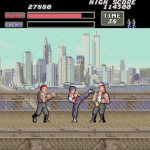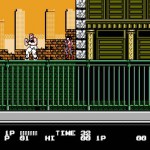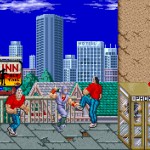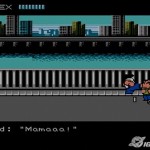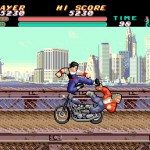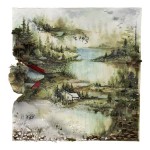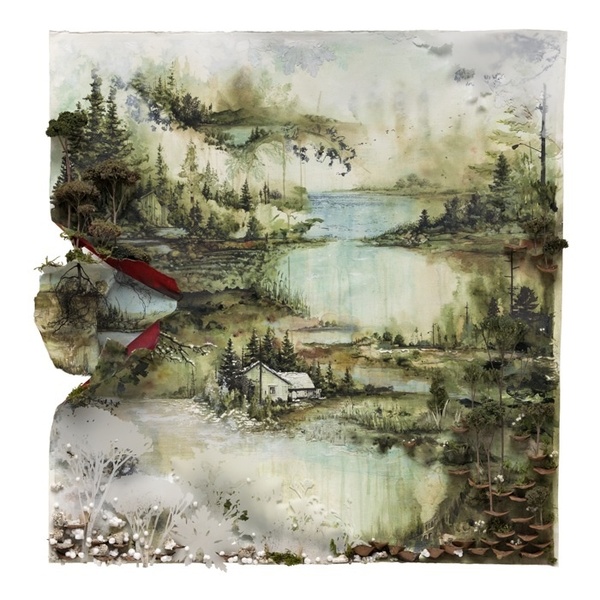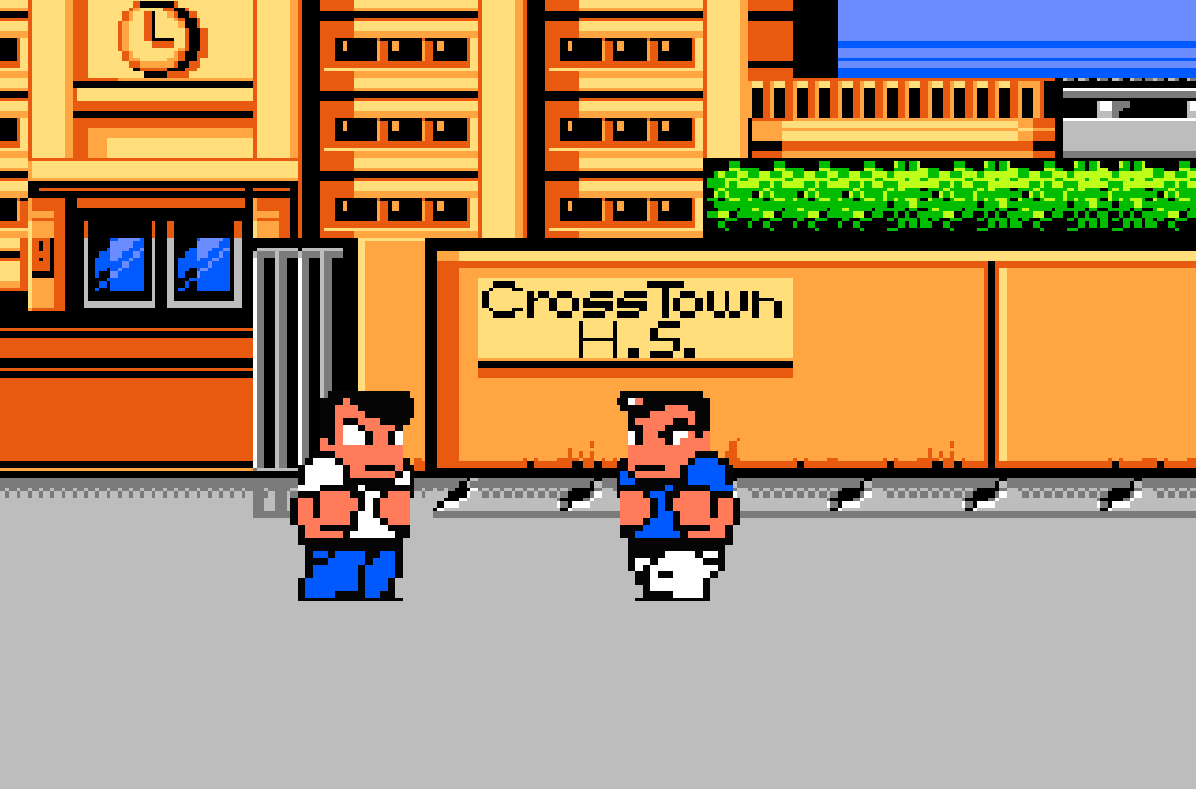 Please go check out this JavaScript-based beat ’em up game engine demo I made. Yes, I used artwork from River City Ransom. 😛 Once I’ve made my own sprites, I’ll replace them.
Please go check out this JavaScript-based beat ’em up game engine demo I made. Yes, I used artwork from River City Ransom. 😛 Once I’ve made my own sprites, I’ll replace them.
I’ll be posting some articles here about the design and history of this. All I’ll say for now is that this current version (written in JavaScript) was written over the course of a three or four evenings.
The current demo is pretty basic, but its goal was to stand up the game engine’s framework. The next step will be to add these features:
- Add “regions” where you must clear out all the enemies before the game allows you to move forward onto the next region.
- Add a “level complete” screen when you’ve finished the last region.
- Add more enemies on the screen at once, and coordinate the enemies’ movement so that only one attacks at a time.
- Add health bars for your character and for the enemies.
- Add combos.
More details to come!
